The Persistence of Misconceptions
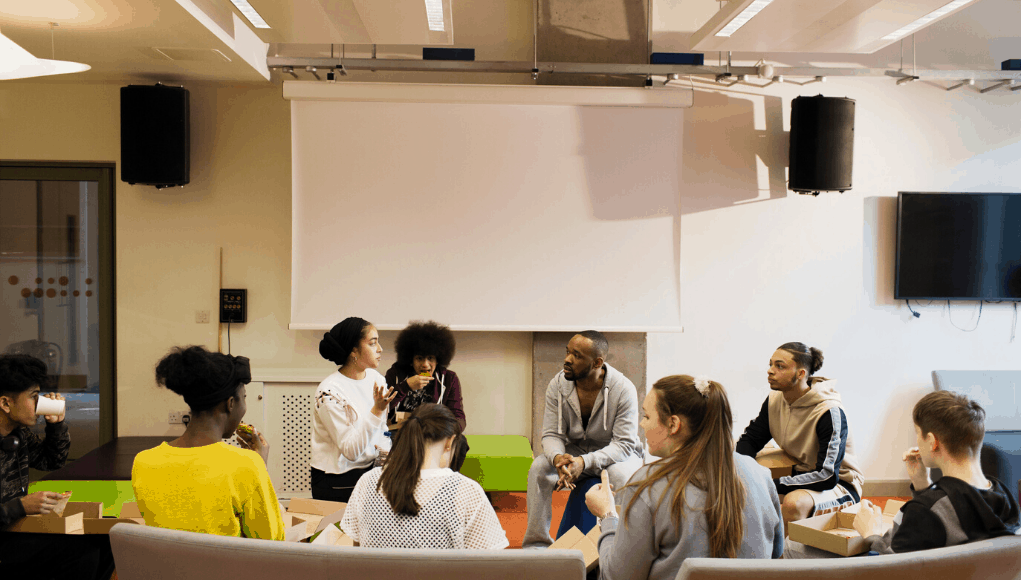
At the beginning of the school year, I give my students several benchmark exams that allow me to understand their knowledge of key subjects integral to our work in social studies. Using that data I can develop curriculum that fills gaps and enhances depth.
The first of these is a basic geography test that asks students to identify continents, hemispheres, oceans, and key geographic reference points such as the equator and prime meridian.
The test provoked an unexpected result. An angry parent confronted me a few days after the exam, waving her son’s paper in my face. With her son standing sheepishly beside her, the woman told me that I was wrong about the number of continents: North America and South America form one continent, she claimed. She turned to her son and said, “The teacher is wrong, but put what he wants on the test and you’ll be fine.”
A few days later, one of my most successful students expressed her concerns about our unit on Early Humans. She said, “Mr. Ross, so you’re telling me that when I was a baby I was a monkey?” I was so astonished by her comment that my response, a mumbled “no,” helped no one.
Most assuredly, many researchers and theorists have struggled with the persistence of misconception. But it’s not an academic discussion for me, I have to battle it each day in class. My struggles are chronicled in this yearlong series that examines a return to the classroom after 15 years in management at research and policy organizations.
In typical fashion, I turned to the literature to see if there was a framework to categorize misconceptions and strategies for battling them.
I am particularly fond of the typology developed by the National Academies of Sciences, Engineering, and Medicine. In Science Teaching Reconsidered: A Handbook (1997), the authors posit that there are five types of misconceptions:
- Preconceived notions are popular conceptions rooted in everyday experiences.
- Non-scientific beliefs include views learned by students from sources other than scientific education, such as religious or mystical teachings.
- Conceptual misunderstandings arise when students are taught scientific information in a way that does not provoke them to confront paradoxes and conflicts resulting from their own preconceived notions and non-scientific beliefs.
- Vernacular misconceptions arise from the use of words that mean one thing in everyday life and another in a scientific context.
- Factual misconceptions are falsities often learned at an early age and retained unchallenged into adulthood.
The most infamous of these misconceptions was captured more than 25 years ago at Harvard when 21 of 23 graduates from an astronomy program “revealed significant misconceptions when asked to explain the causes of either the seasons on earth or the phases of our moon.” If it is a problem at Harvard, no one should be surprised that it’s a problem at my struggling middle school.
But where do these misconceptions come from? Gordon Eldridge baldly states that “the research confirms what we probably all know intuitively, that initial misconceptions are based on observations of the world, which lead to incorrect beliefs. For example, young children observe that the ground appears to extend along the same plane in all directions. This leads them to believe that the earth is flat.“
Piaget, so crucial to my work in constructivist education, offers a potential explanation for the persistence of misconceptions. His concept of assimilation can help us understand the process. According to Piaget, “new information is more easily learned when it can be related to something that is already known. Assimilation describes the type of learning that occurs when information can be taken on board without revising our existing cognitive frameworks.”
That helps, but I am less concerned with the origin of misconceptions than I am with their persistence – the damage is often done before they walk in my door. Some research seems to indicate that advanced education is a powerful fixative for misconceptions, but that is little solace to a sixth-grade teacher. Do I merely set the process of misconception correction in motion and hope that 10 years from now my work will see fruition?
I turned again to the research in search of more timely strategies. There is a consensus here:
- Identify the misconception
- Repair the misconception
The first is easy; educators often use pre-assessments (such as my geography test) to identify misconceptions. Then they set about repairing them. That task is much harder.
Julia Hayden Galindo of the Harvard Graduate School of Education offers solutions that align with my project-based learning approach.
According to Hayden Galindo, the consensus in the literature is that adopting a student-centered pedagogy is the best way to address misconceptions. As you know, a student-centered approach such as High-Quality PBL is designed to place the student at the center of the learning process and to increase his/her agency. Student-centered pedagogies engage the learner in an authentic process of discovery. Hayden Galindo cites a 2006 article by Pat Antonio Goldsmith (Learning to Understand Inequality and Diversity: Getting Students Past Ideologies) that claims “activity-based methods also heighten the likelihood that students will challenge each other’s, or their own, misconceptions, which is thought to have a more transformative effect compared to having one’s ideas challenged by the teacher.”
I have never had much success convincing my wife, sons, relatives, co-workers, or students that they have an incomplete or incorrect understanding of a scientific or historical fact or process. In fact, confronting those misconceptions with an array of facts has proven counter-productive.
I prefer, especially in my classroom, to engage the students in authentic inquiry that allows them to construct a more accurate understanding of a fact or process. And that’s the strategy I’ll be using for the remainder of the school year. I’ll let you know how it goes, and if PBL is an effective strategy in my classroom for breaking the iron grip of misconception.
For more see:
- Defining High Quality Project-Based Learning
- Expanding our Notion of Student Agency
- 10 Tips for Developing Student Agency
Stay in-the-know with innovations in learning by signing up for the weekly Smart Update.
David will be chronicling his return to the classroom in a monthly series of blogs. Follow along.




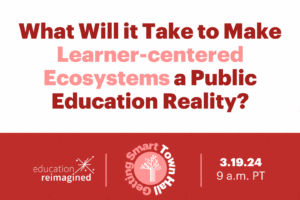
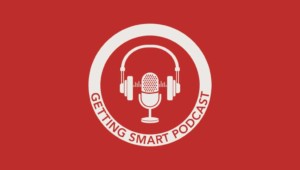
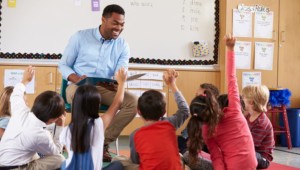
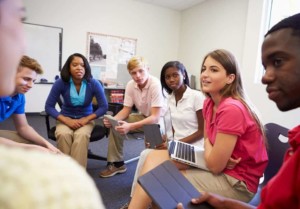
0 Comments
Leave a Comment
Your email address will not be published. All fields are required.